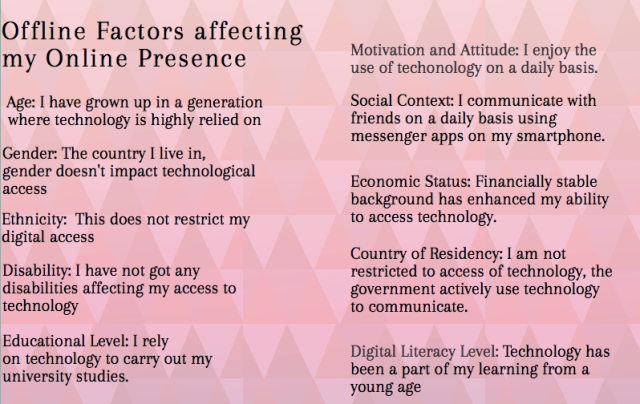
Digital Differences – We’re not all the same
When we’re surrounded by so much technology and have such easy access to information , it’s easy to forget that not everyone does, or even can, use the Internet in the same way. In 2017, almost all of those aged 16-24 and 24-34 in the UK were recent Internet users at 99%, yet there were still 9% of users who had never used the Internet from January till March (Ons.gov.uk, 2018).
Continue reading →













